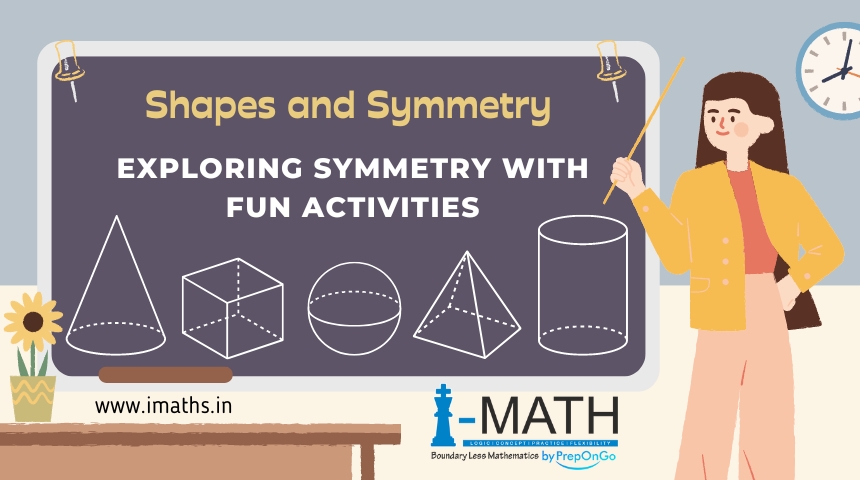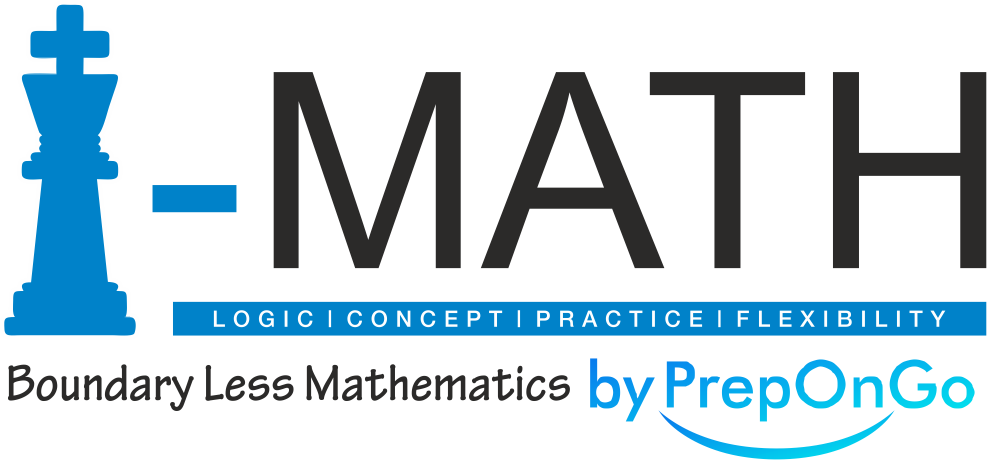Shapes and Symmetry: Exploring Symmetry with Fun Activities

Understanding shapes and symmetry is a fundamental part of early math education. It’s a topic that not only builds a strong foundation for geometric concepts but also sparks creativity and critical thinking in young learners. In this blog post, we’ll dive into the exciting world of shapes and symmetry and explore fun activities that make learning these concepts engaging and enjoyable for kids. Let’s embark on this mathematical adventure together!
Why Shapes and Symmetry Matter
Shapes and symmetry are everywhere in our daily lives, from the natural world to the designs in architecture and art. Learning about shapes helps children recognize and categorize objects, while symmetry introduces them to balance and harmony. Mastering these concepts early on boosts spatial awareness and analytical skills, which are essential for more advanced math and science topics.
Fun Activities to Explore Shapes and Symmetry
Here are some engaging activities designed to help children explore and understand shapes and symmetry:
1. Symmetry Art with Paint
Materials:
- Paper
- Paint
- Paintbrushes
Instructions:
- Fold a piece of paper in half.
- On one half, let the child paint a design or pattern.
- While the paint is still wet, fold the paper to transfer the paint to the other half, creating a symmetrical pattern.
- Unfold to reveal the symmetrical artwork.
Benefits: This activity not only introduces symmetry but also encourages creativity and fine motor skills.
2. Shape Scavenger Hunt
Materials:
- List of shapes (circles, squares, triangles, etc.)
- A clipboard or notebook
- Pen or pencil
Instructions:
- Create a list of shapes for the child to find around the house or outdoors.
- Give them a clipboard or notebook to check off each shape as they find it.
- Discuss the properties of each shape they find (e.g., number of sides, angles).
Benefits: This hunt makes learning about shapes interactive and reinforces observational skills.
3. Mirror Symmetry with Blocks
Materials:
- Building blocks or LEGO bricks
- A small handheld mirror
Instructions:
- Have the child build half of a symmetrical structure using the blocks.
- Place a mirror along the edge of the structure to reflect and create the other half, demonstrating symmetry.
- Encourage them to experiment with different designs and see the symmetrical results.
Benefits: This hands-on activity helps children visualize and understand the concept of symmetry in a tangible way.
4. Symmetry with Nature
Materials:
- Leaves, flowers, or other natural objects
- Paper
- Glue
Instructions:
- Collect symmetrical objects from nature, like leaves or flowers.
- Glue these objects onto paper, showcasing their natural symmetry.
- Discuss the concept of symmetry in nature and how it occurs.
Benefits: This activity connects math concepts with the natural world, fostering an appreciation for nature’s design.
5. Symmetrical Drawing with Grids
Materials:
- Graph paper
- Pencils or markers
Instructions:
- Draw half of a symmetrical image on one side of the graph paper.
- Let the child complete the other half by mirroring the drawing on the opposite side.
- Use simple shapes to start, and gradually move to more complex designs as they gain confidence.
Benefits: This activity enhances both drawing skills and understanding of symmetry, promoting attention to detail.
Conclusion
Exploring shapes and symmetry through fun activities makes learning these essential math concepts an enjoyable experience for children. By engaging in hands-on, creative tasks, kids can better understand and appreciate the world of shapes and symmetry. Incorporate these activities into your teaching or parenting routine to foster a love for math and creativity in your young learners.




